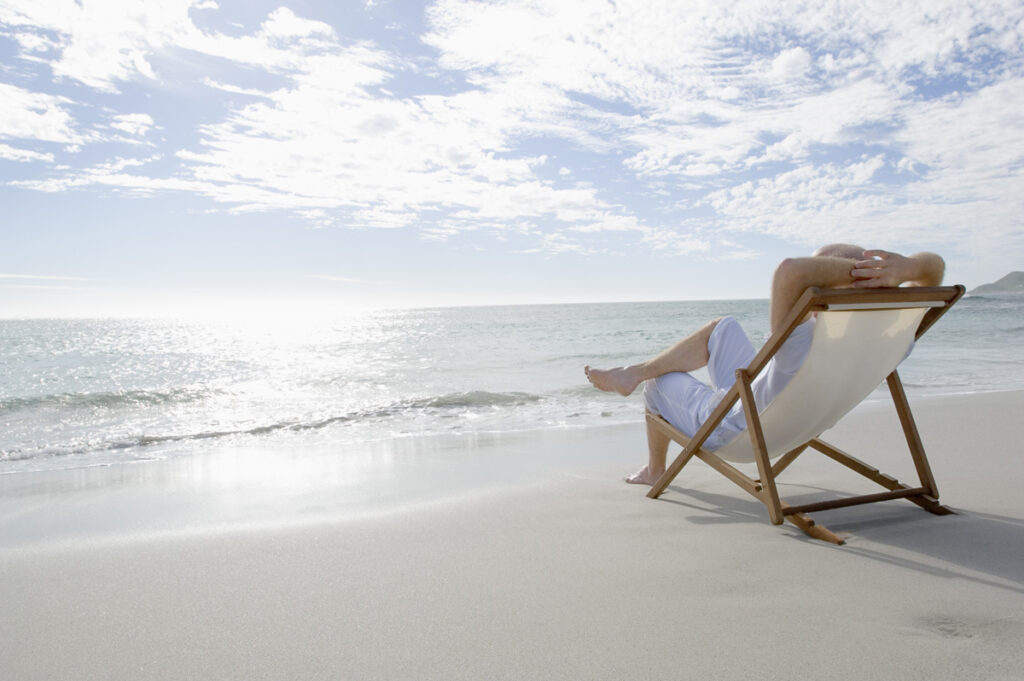How do sunscreens work?
Sunscreen products contain chemical and /or physical active ingredients. Physical ingredients reflect or scatter ultraviolet (UV) radiation. Chemical ingredients absorb UV radiation and dissipate it as heat.
SPF relates only to the UVB protection of a sunscreen, sunscreens do not currently measure the level of protection against harmful UVA rays. UVA rays are always present even during over cast days and can travel through windows.
UVB Rays vs. UVA Rays
-
UVB rays cause sunburn
-
UVA rays cause deeper skin damage/aging
-
Both contribute to the risk of skin cancer
NOTE: Only sunscreens labeled broad spectrum give both UVA and UVB protection
SPF: What’s in the number?
-
SPF 15: 94% protection
-
SPF 30: 97% protection
-
SPF 45: 98% protection
NOTE: Europe and Australia have capped their sunscreens at SPF 50, as it is felt anything higher does not give added sun protection and may have health risks due to the higher percentages of chemicals in the products. There is a greater risk of skin penetration and allergic reactions.
Just because a sunscreen is labeled SPF 30 does not mean it gives double the protection of a product with SPF 15 and there is no such thing as 100% protection or water proof sunscreens.
Consumers who buy higher SPF sunscreens often have a false sense of security. They stay out in the sun longer, don’t reapply as often or seek shade. This leads to over exposure to the damaging UVA radiation.
Studies show that most consumers only apply one fifth of the sunscreen required to fully protect from sun exposure. This would render an SPF 30 to an SPF 3 protection! Sunscreens should be applied liberally to the expose areas of skin 30 minutes prior to going outdoors, and reapplied every 2 hours. You should also reapply after swimming or sweating or wiping the skin.

